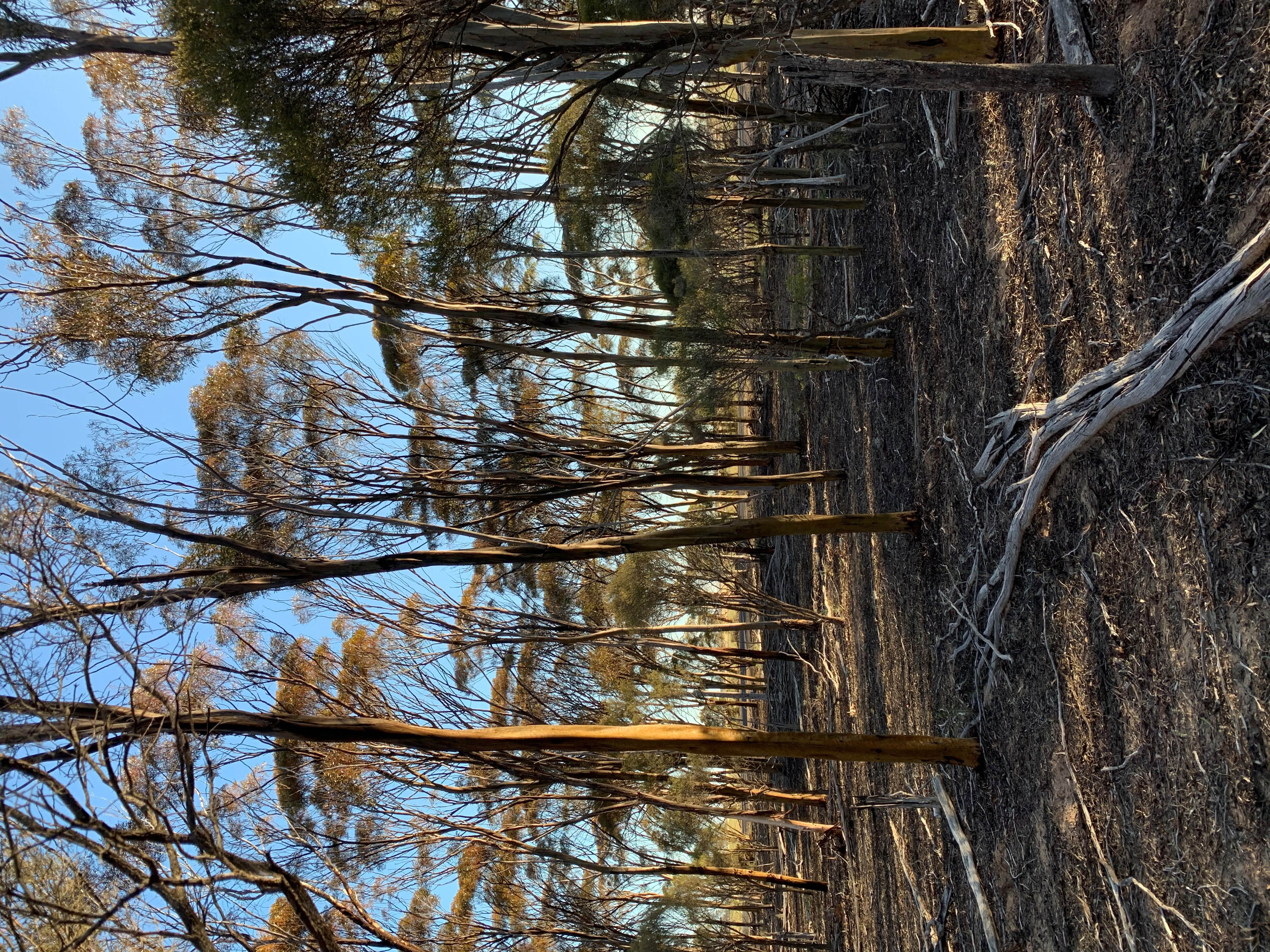Last year’s COP26 talks in Glasgow dominated the news cycle towards the end of 2021 and it wasn’t areas like the Great Barrier Reef or rainforests that were an Australian focus. It was the South West Australia Ecoregion (including the Wheatbelt) that was identified as being at the forefront of a changing climate. An article, published toward the end of 2021, in The Conversation, outlines why this is so.
The Wheatbelt and the South West Australian Ecoregion (SWAE)
The SWAE covers 48.9 million hectares from Shark Bay to Esperance. Since 1970, winter rainfall has declined by up to 20%, river levels have decreased and heatwaves are now a common occurrence. Add to this the fact that 75% of the plants are endemic and high numbers of mammals, birds, reptiles and frogs are found nowhere else in the world and you have the compelling reason behind the decision to list the area as Australia’s first global biodiversity hotspot.
So, why the focus on our region?
There are few places in the world that where a changing climate is more evident than our back yard. In an area that is already hot and dry, an increase in temperatures combined with a predicted decrease in rainfall, we are expected to feel the effects of a changing climate more than other places. This could have major impacts on our natural environment and agriculture.
Drying wetlands and waterways cause issues for freshwater biodiversity. In the Wheatbelt, freshwater invertebrate species fell from 300 to just 100 in the years between 1998 and 2011.
The picture is similar above the water’s surface. The lack of water poses problems for birds – such as the iconic Carnaby’s Black-Cockatoo – and the flowering rate of native floral species such as banksia, which has experienced a 50% decline.
For agriculture, innovation from our farmers is holding food production steady. Improved farming practices coupled with better varieties of wheat and other grains has seen an increase in yields during this time. However, challenges such as drought and heatwaves may continue to impact the future of food production.
We’re all in this together.
Natural resource management will play a major role in the protection of our region and we will all have a part to play.


